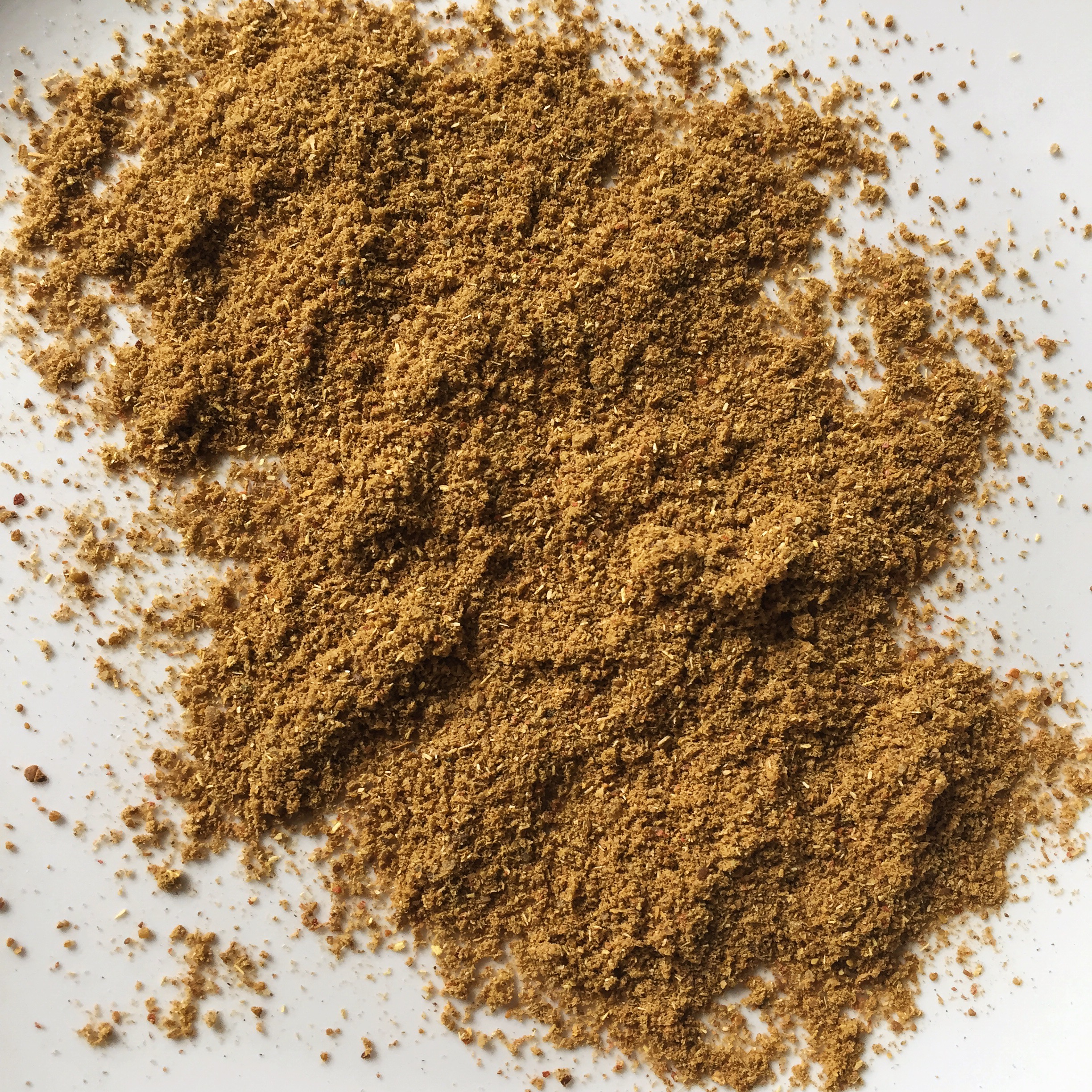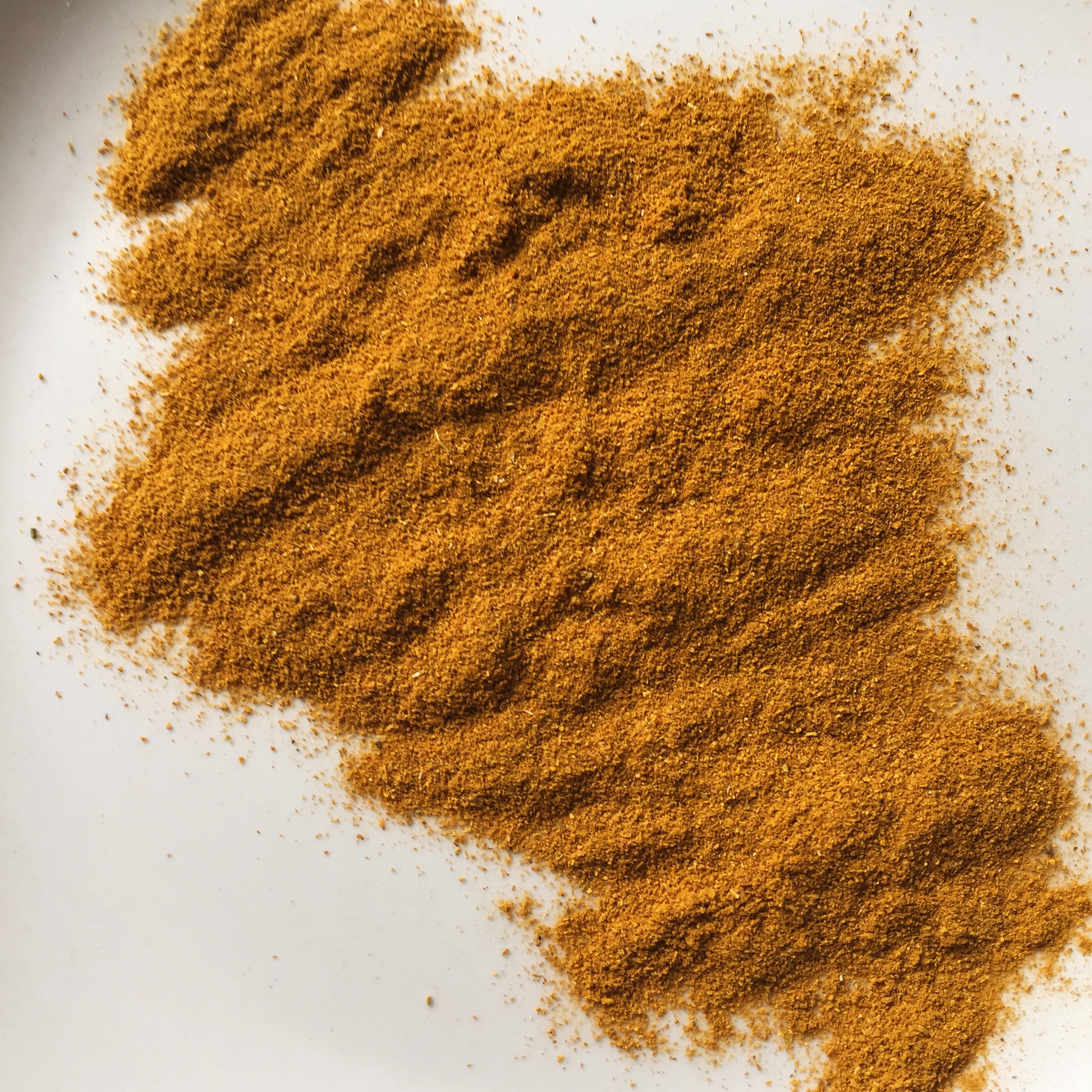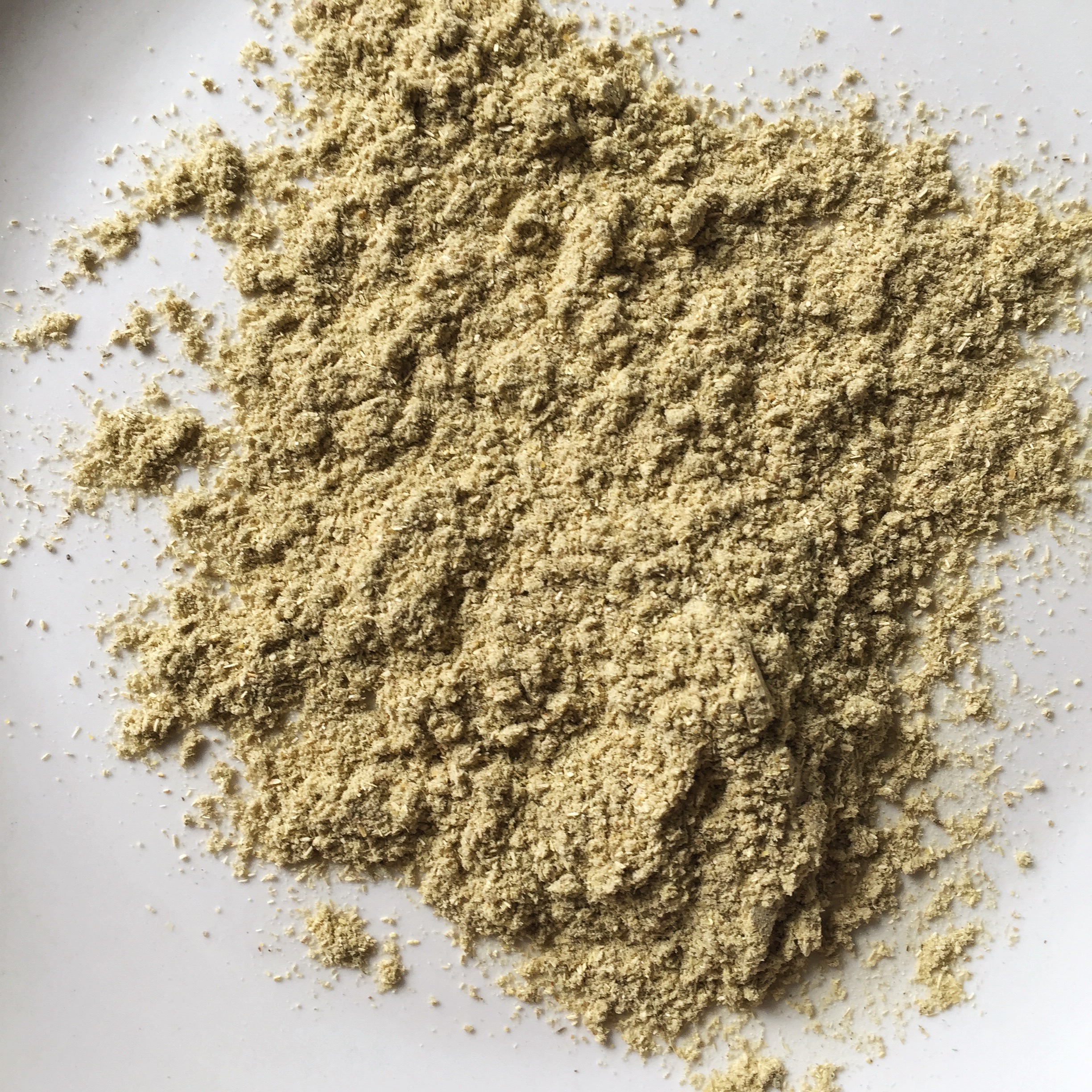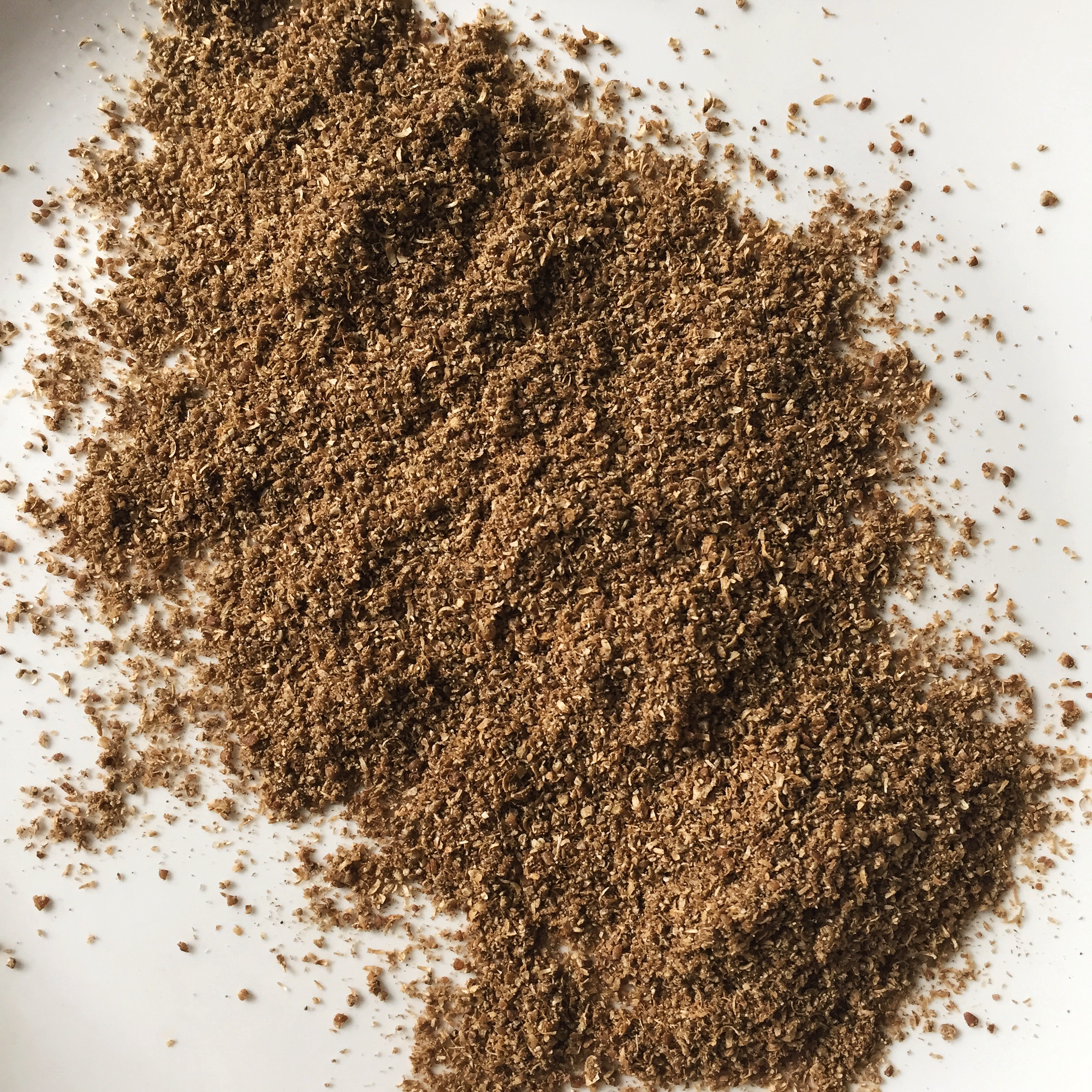Khmeli-Suneli & Co.
In Tbilisi, the central marketplace is a city dweller’s link to the country. With two huge floors of stalls, not to mention the labyrinth of the outdoor market, you have an enchanting and exhilarating destination where vendors of every shape and size, from every part of the country, are unabashedly selling their wares. Counters are laden with farm-cured cheeses and meats, their sellers vying for attention and a chance to convince you their product is superior to all the rest. Rows of butchers wax poetic about their meat which, according to them, only that morning was still alive, grazing and sleeping in the meadows. Burlap sacks overflow with every nut, dried fruit, bean, and grain you can imagine, and barrels sit filled to the brim with pickles and marinades, hole heads of garlic soaking in verjuice or pomegranate juice.
Step outside and you’ll be greeted by mountains upon mountains of bursting watermelons and cantaloupes brought over from neighboring Uzbekistan. Walk past tables overflowing with heaps of herbs and leafy greens just picked, fresh dirt peppering their stalks and leaves. Linger along rows of cases filled with plums, berries, and tomatoes that sit like little plump gems just waiting for the taking. It’s easy to lose yourself in the market, emerging hours later with more food than you know what to do with.
There are watermelons everywhere in this country!!
Mark Rothko: Berry Edition
The other week I taught a Georgian cooking class at The Spice Diva, a specialty spice store in Charlottesville. In addition to exploring what exactly is Georgian cuisine, I also delved a bit into its spice world, which immediately transported me back to the Tbilisi market. Amidst all the luscious verdure and the hum of bartering happening every which way, there are the perfumes of the spice dealers, softly luring you in to their corner of the city’s oasis. There you’ll be welcomed by mounds of aromatic spices in earthy hues of green, red, brown, and gold.
From top left to right: Zaprana (dried marigold), arbaris (barberry), kondari (summer savory), kindzi(coriander), utkskho-suneli (blue fenugreek), and khmeli-suneli.
You’ll come across familiar players like coriander (kindzi), caraway, dillweed, cinnamon, cloves, bay leaf, marjoram, dried parsley and basil. In terms of pepper, the Georgians, especially in the West, are very fond of hot red pepper (tsitsaka), fresh or dried. To approximate the chili pepper used in Georgia, one can use a mixture of cayenne, paprika and red pepper flakes in its place.
New to Americans would be a particular variety of mint or ombalo that is used in the sour plum sauce tkemali, essentially the ketchup of Georgian cuisine. Another exotic spice would be Georgian saffron or zaprana: dried and ground marigold petals. This saffron substitute, vibrant in color but earthy and subtle in taste, along with kondari or summer savory, sets Georgian food apart from other cultures using similar spice combinations. Similar to the cuisine of northern India, Georgians use a lot of blue fenugreek (utkskho suneli), coriander, garlic, chiles and pepper—specifically in their herb and spice mixture of khmeli-suneli (“dried spices”). But in place of turmeric, you’ll find dried marigold and savory instead.




Every home cook has their own specific blend for khmeli-suneli but readymade mixtures can also be bought at the market, with different variations depending on the intended purpose. Regardless of where and what kind you buy, the blend’s hallmark trio of spices is utkskho suneli, kindzi, and zaprana—blue fenugreek, coriander, and marigold.
Moving forward, you'll see that I'll call for a lot of these spices in my recipes (and also providing alternatives of course). If you’re lucky though to have an Eastern European or Russian market in your area, you can easily find most of these Georgian spices there, particularly readymade khmeli-suneli. If not, thankfully there is the internet. A website which I readily recommend is kargigogo.com—run by a husband and wife team based out of Portland, OR, they import freshly-ground, authentic spices and blends right from Georgia. Or, if you’re really feeling adventurous, you can put the blend together at home, making sure to use the freshest spices available for best results.
Khemli-Suneli - Georgian Spice Mix
adapted from "The Georgian Feast" by Darra Goldstein
This spice mix is to Georgian cuisine what curry powder is to Indian. Each cook has its own blend, and the proportions of herbs change depending on its intended use. For our purposes, having a ready-made mixture is most convenient. Use in your favorite Georgian recipe, or try rubbing it on steak before grilling, or adding a teaspoon or two to beans or stew.
Makes about ¼ cup
2 teaspoons ground coriander
2 teaspoons dried basil
2 teaspoons dried dill weed
2 teaspoons dried summer savory
1 teaspoon dried parsley
1 teaspoon dried mint
1 teaspoon blue fenugreek
1 teaspoon ground marigold petals
1 bay leaf, crushed
In a mortar pestle or coffee grinder, blend the spices together to a fine powder. Store airtight in a cool, dry area.


